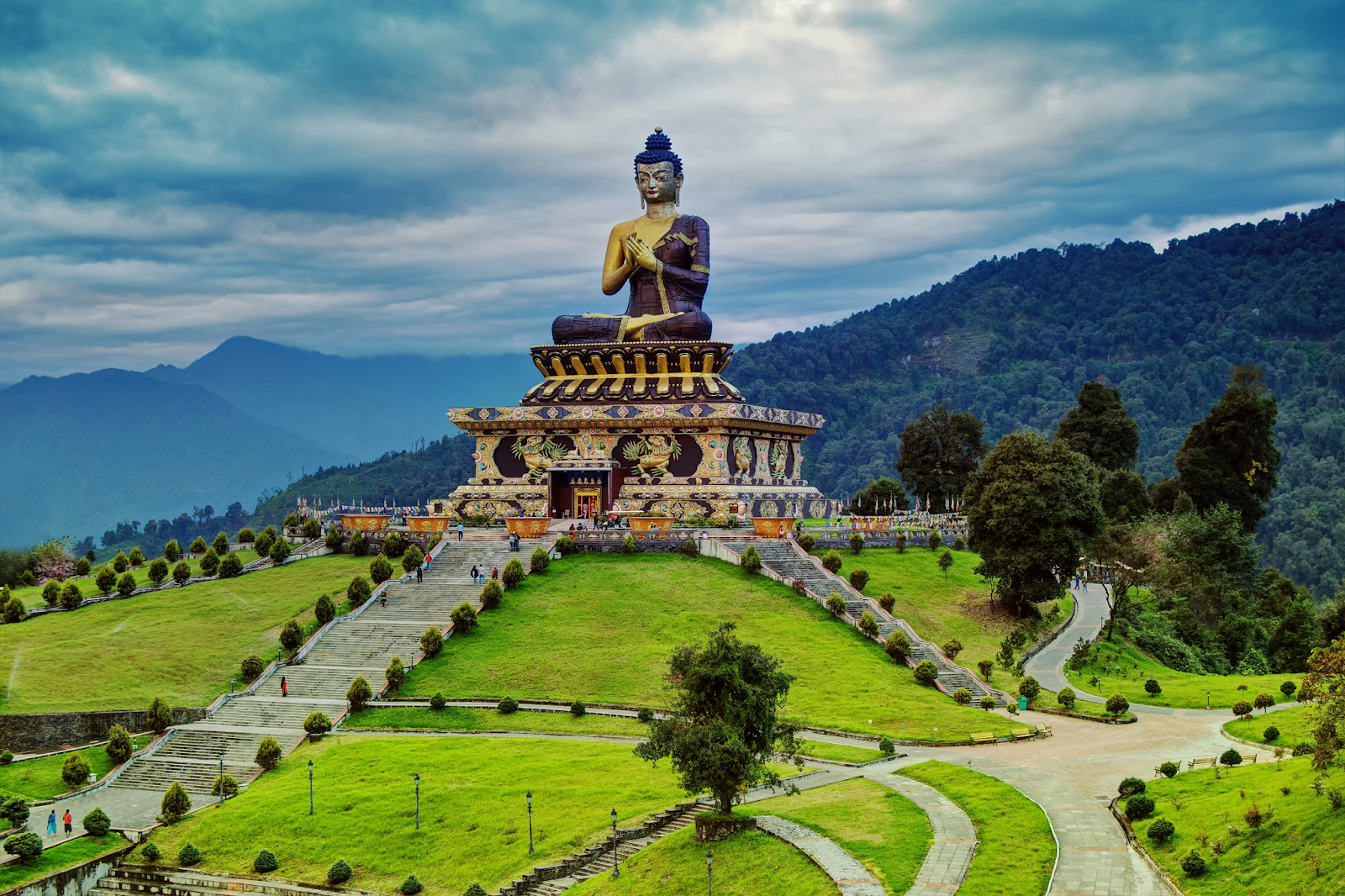A Journey Through Beauty and Cultural
Tourism: Discovering the Tourist Destinations in India: A Journey Through Beauty and Cultural
India, one of the world's oldest civilizations, is a captivating blend of diverse cultures and experiences. This mesmerizing country boasts a rich heritage and an array of attractions, making it a highly sought-after tourist destination.
From the majestic Himalayan peaks to the lush tropical rainforests in the south, India's vast expanse offers a remarkable variety of landscapes. Bordered by the magnificent Great Himalayas in the north, the country extends southwards, gradually tapering off into the Indian Ocean, embraced by the Bay of Bengal on the east and the Arabian Sea on the west.
India's Top Tourist Destinations
India possesses a rich and illustrious heritage, resonating with the opulence, achievements, and profound history of dynasties, rulers, civilizations, arts, crafts, cultures, and religions. The country's remarkable legacy is vividly reflected in its architectural marvels, monuments, artistic expressions, and the preservation of its past through museums and galleries. The significance of these structures is further highlighted by their recognition as UNESCO heritage sites. Among the renowned wonders of the world, the Taj Mahal in Agra stands out as a captivating masterpiece. This ethereal marble monument exudes a breath-taking beauty that invites exploration and marvels at its grandeur and is regarded by many as an epitome of Mughal architecture.
Shri Kashi Vishwanath Temple
Kashi Vishwanath Temple is a Hindu temple dedicated to Shiva. It is located in Vishwanath Gali, in Varanasi, Uttar Pradesh, India. The temple is a Hindu pilgrimage site and is one of the twelve Jyotirlinga shrines. The presiding deity is known by the names Vishwanath and Vishweshwara (IAST: Viśvanāstha and Viśveśvara), literally meaning Lord of the Universe.
According to several historical accounts, the Mughal Emperor Aurangzeb ordered the demolition of the Hindu temple in 1669. Subsequently, in 1678, the Gyanvapi Mosque was built on its site, but Hindu pilgrims continued to visit the remnants of the temple. The current structure was constructed on an adjacent site by the Maratha ruler Ahilyabai Holkar of Indore in 1780.
In 2021, a major redevelopment of the temple complex was completed, and the Kashi Vishwanath Dham Corridor connecting the Ganga river with the temple was inaugurated by Prime Minister Modi, leading to a many-fold increase in visitors. It has become one of the most visited Hindu temples in India, with an average 45,000 pilgrims per day in 2023.[6] The total assets of the temple, were estimated to be more than ₹6 crores in 2024.





Comments
Post a Comment